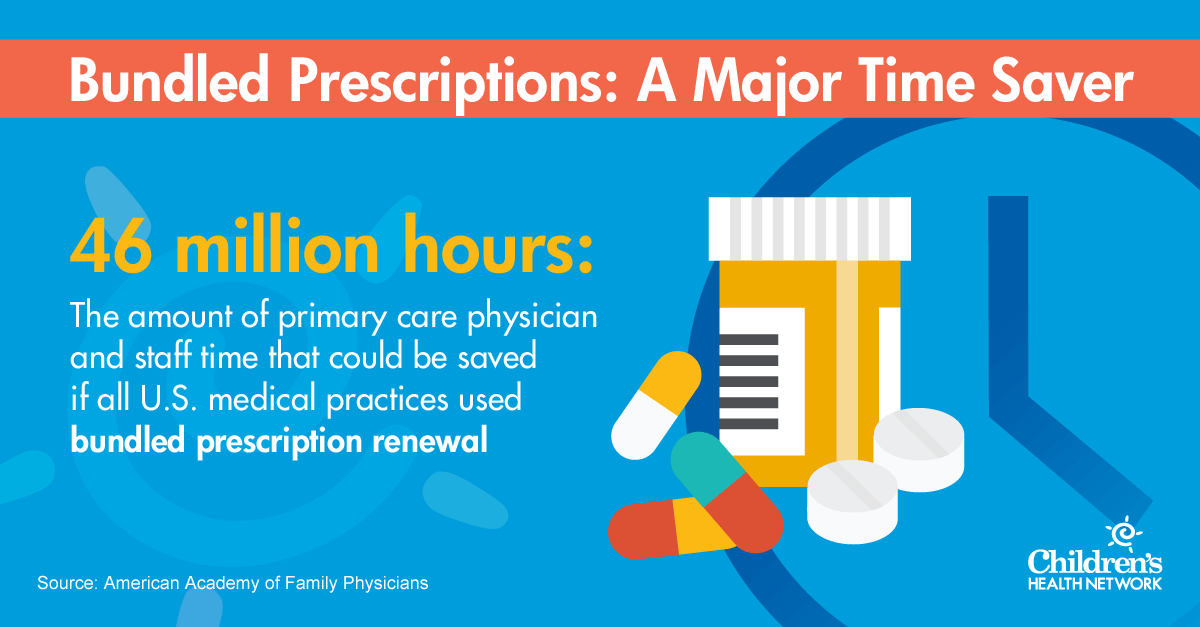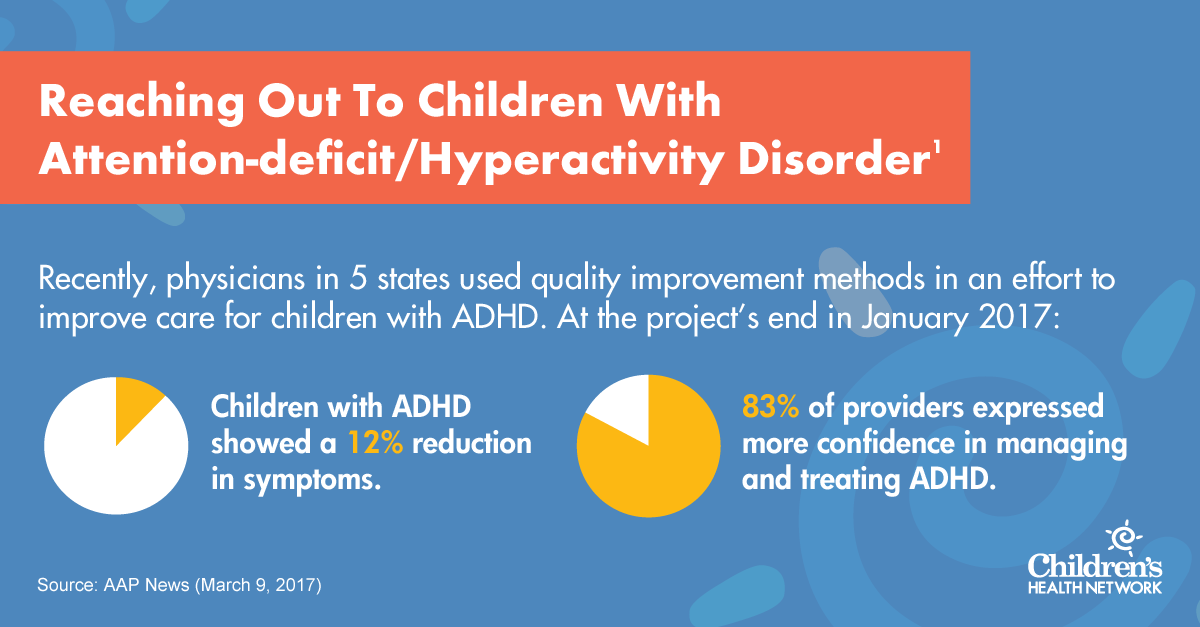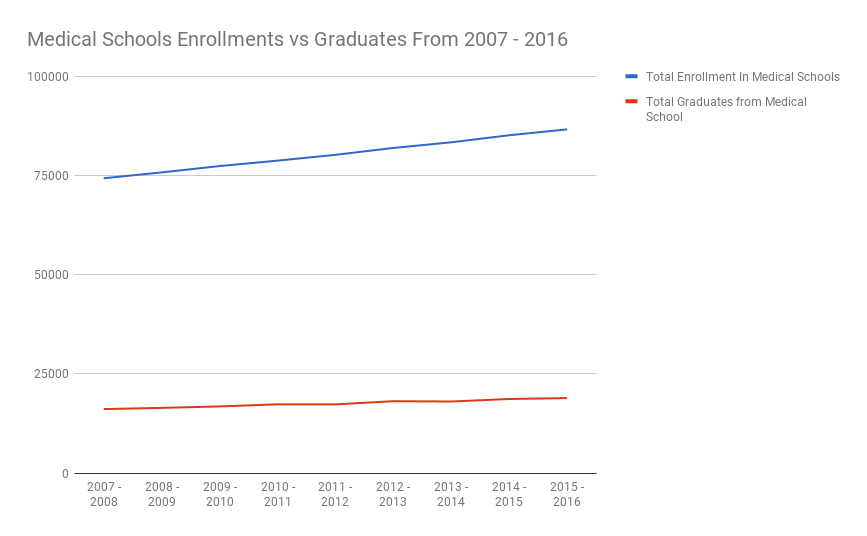It’s been a long day, and once again, you’re struggling to finish up documentation and paperwork that you couldn’t finish at the office. Where did the day go?
Administrative tasks can change your job from being solely a physician to being a physician who’s also a data entry clerk, medical assistant, and technician. As these duties pile up, spending clinical time with patients can seem like a luxury.
A 2016 study found that most physicians spent 13 to 16 minutes with each patient1—and physicians across the country think less time with patients is hurting the doctor-patient relationship.2
What causes time drains at your office? For most physicians, the roots are multifaceted — ranging from hidden opportunities to improve practice management to unexpectedly malfunctioning technology.
No matter what the culprit, the bottom line is that time drains subtract facetime with patients … and can be financially costly.
Here are potential time-saving solutions to 4 common challenges that physicians face.
1. Problem: Patient Time Hijacked By Electronic Health Records (EHR)
According to one recent study, in a typical day at the office, physicians spend only 27% of their time face to face with a patient, and almost half of their time managing EHRs.3 Physicians also devote an additional 1 or 2 hours to completing EHRs4 after the office has closed for the day.
Solution:
Ask patients to share part of the data entry burden for you.5 They can fill in basic information through the patient portal — such as which medications they’re taking — before their visit.
Don’t settle for the default settings. Work with your EHR vendor to customize the workflow6 for you. This can minimize unnecessary steps and streamline the process.
2. Problem: Endless Refill Requests
Handling refill requests may not seem like a significant distraction, but the amount of time it takes adds up. On average, a practice’s refill requests can take up to 200 hours per year.
Solution:
Adopt synchronized bundled prescription renewal7: The physician renews all of a patient’s chronic medications (except narcotics and benzodiazepines) at the annual physical, and prescribes refills that will last until the next visit.

3. Problem: Explaining Medical Concepts Slows Down An Appointment
Sometimes, even the most clearly worded explanations of medical concepts still confuse patients. For physicians, this can mean extra time spent re-explaining ideas — possibly several times — until patients understand.
Solution:
A picture is worth a thousand words: Consider using a visual aid.8
Many iOS and Android apps, such as drawMD, can help physicians make their point and save time. Physicians can save images to a patient’s EHR or share them with patients through the app.
4. Problem: Nurses And Staff Can’t Get Off The Phone
Patients want to know all of the details about their healthcare, so it is inevitable that they call your medical staff for answers. Consequently, your staff becomes busy taking phone calls and doesn’t always have time for their other tasks.
Solution:
Leverage your website to cut down on phone time.9 Make sure your information, such as hours and location, is up to date.
Consider publishing a section for frequently asked questions, uploading pre-visit forms, and, if possible, online scheduling. This easy-to-find information can mean fewer calls and more time for your staff.
Saving time is just one aspect of practice management. Subscribe to the CHN newsletter and receive more practice management tips.
[INSERT ALSO READ]
CHN Group Purchasing: A Path To Major Savings For Your Practice
Electronic Health Records: 7 Ways To Hook The Right Patient Data In The Digital Ocean
1 ASC Review (April 7, 2016)
2 PBS (July 21, 2017)
3, 4 Annals of Internal Medicine (Dec. 6, 2016)
5, 6 Medical Economics (Jan. 10, 2017)
7 American Academy of Family Physicians (November/December 2012)
8,9 Physicians Practice (Oct. 8, 2013)



